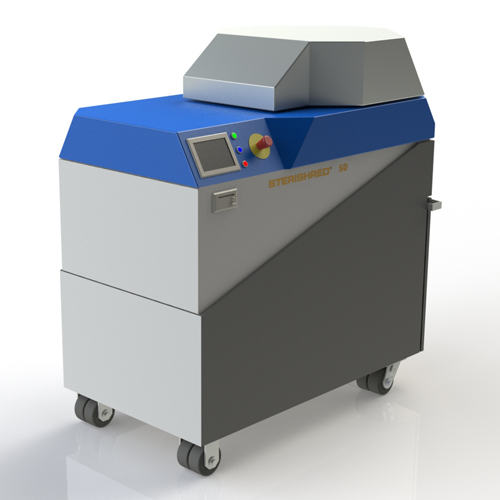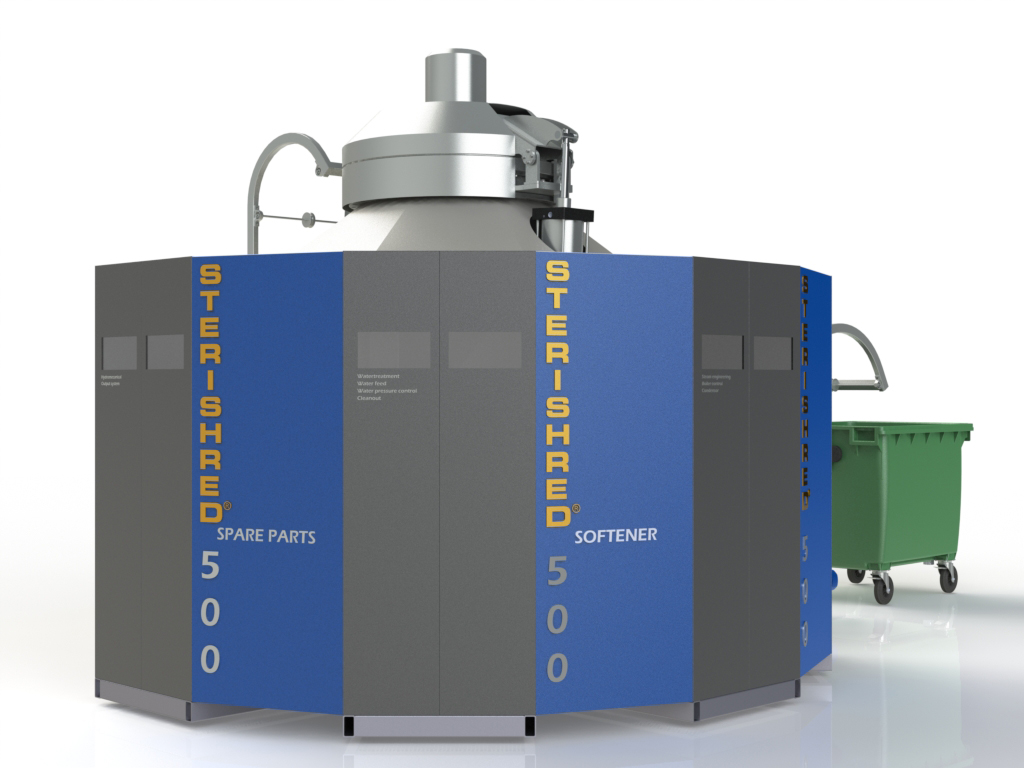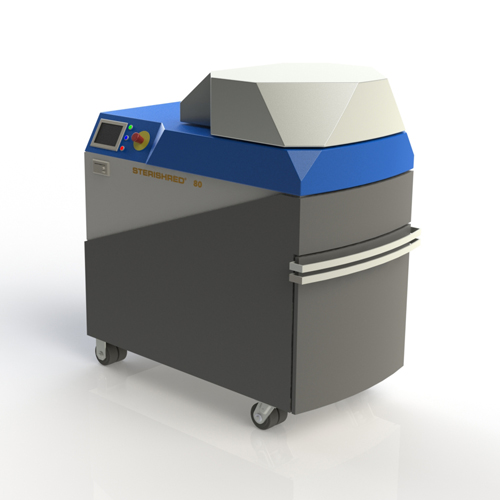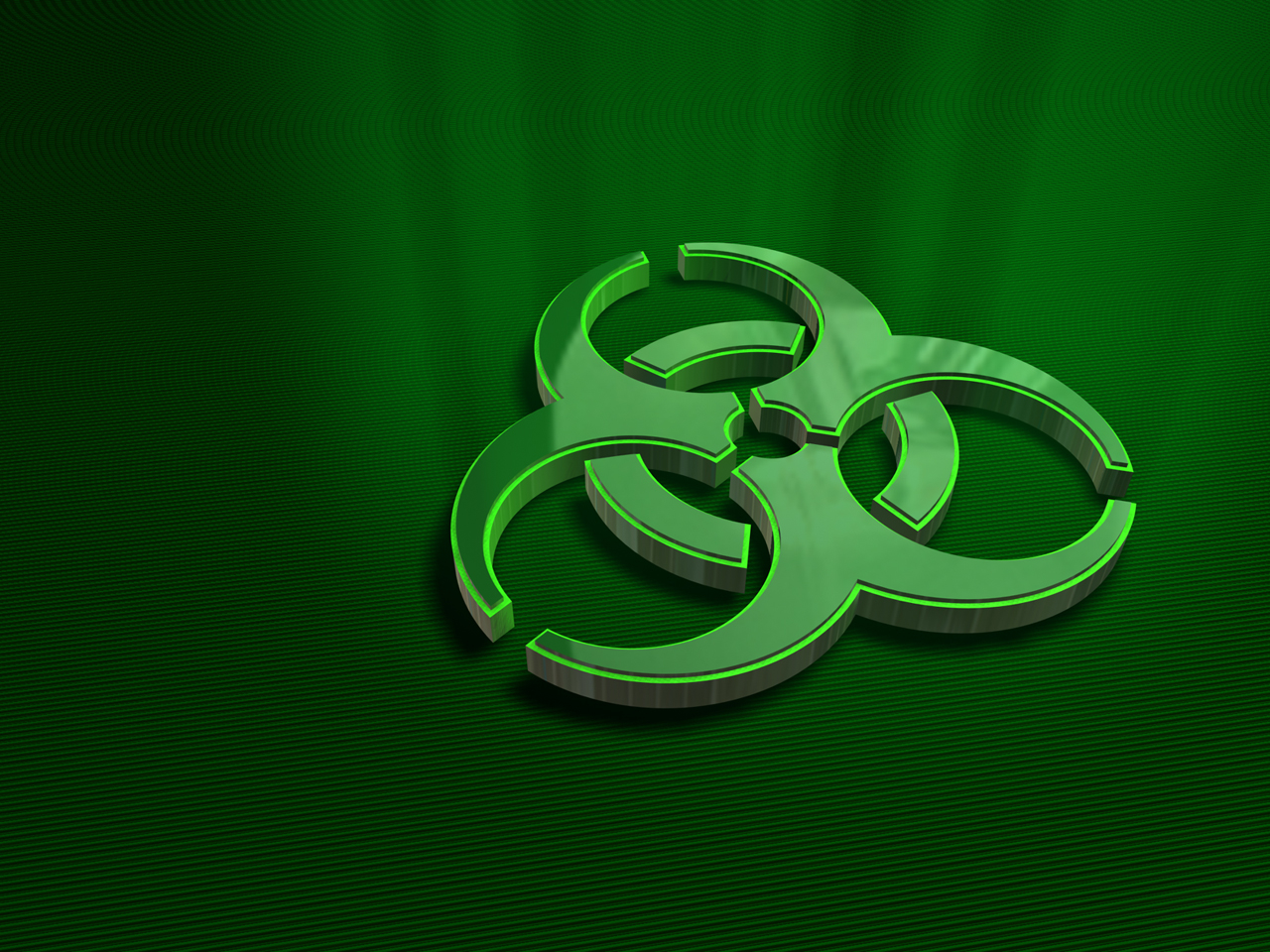Every day millions of kilograms of infectious medical waste are produced worldwide.
Incineration was, until recently, the dominant method for treating hazardous medical waste. However, medical waste incinerators emit a wide range of hazardous substances. These include:
•Persistent organic pollutants, such as dioxins and furans
•Heavy metals, lead, mercury and cadmium
•Fine dust particles
•Hydrogen chloride-carbon monoxide
•Nitrogen oxides
They also generate highly toxic ash which is potentially hazardous to human health, especially when the incineration Temperature is below 850 °C. And it is the most expensive way.
This waste must be treated and managed quickly in order to ensure public safety and to remain in compliance with applicable regulations and laws. As a result every day untreated medical waste leaves a facility there is a significant liability risk to the generator.
When waste is not burned, the toxic substances associated with incineration are not produced. Less money then needs to be spent on pollution controls and the adverse health affects for surrounding communities are minimised.
STERISHRED® 250
the most modern non-incineration treatment technology for infectious hospital waste using a low- heat thermal process, simultanously shredding and sterilizing medical waste and destroy HIPAA media...
STERISHRED® 50
the most modern non-incineration treatment technology for infectious hospital waste using a low- heat thermal process, simultanously shredding and sterilizing medical waste and destroy HIPAA media...
STERISHRED® 500
the most modern non-incineration treatment technology for infectious hospital waste using a low- heat thermal process, simultanously shredding and sterilizing medical waste and destroy HIPAA media...
STERISHRED® 80
the most modern non-incineration treatment technology for infectious hospital waste using a low- heat thermal process, simultanously shredding and sterilizing medical waste and destroy HIPAA media...













